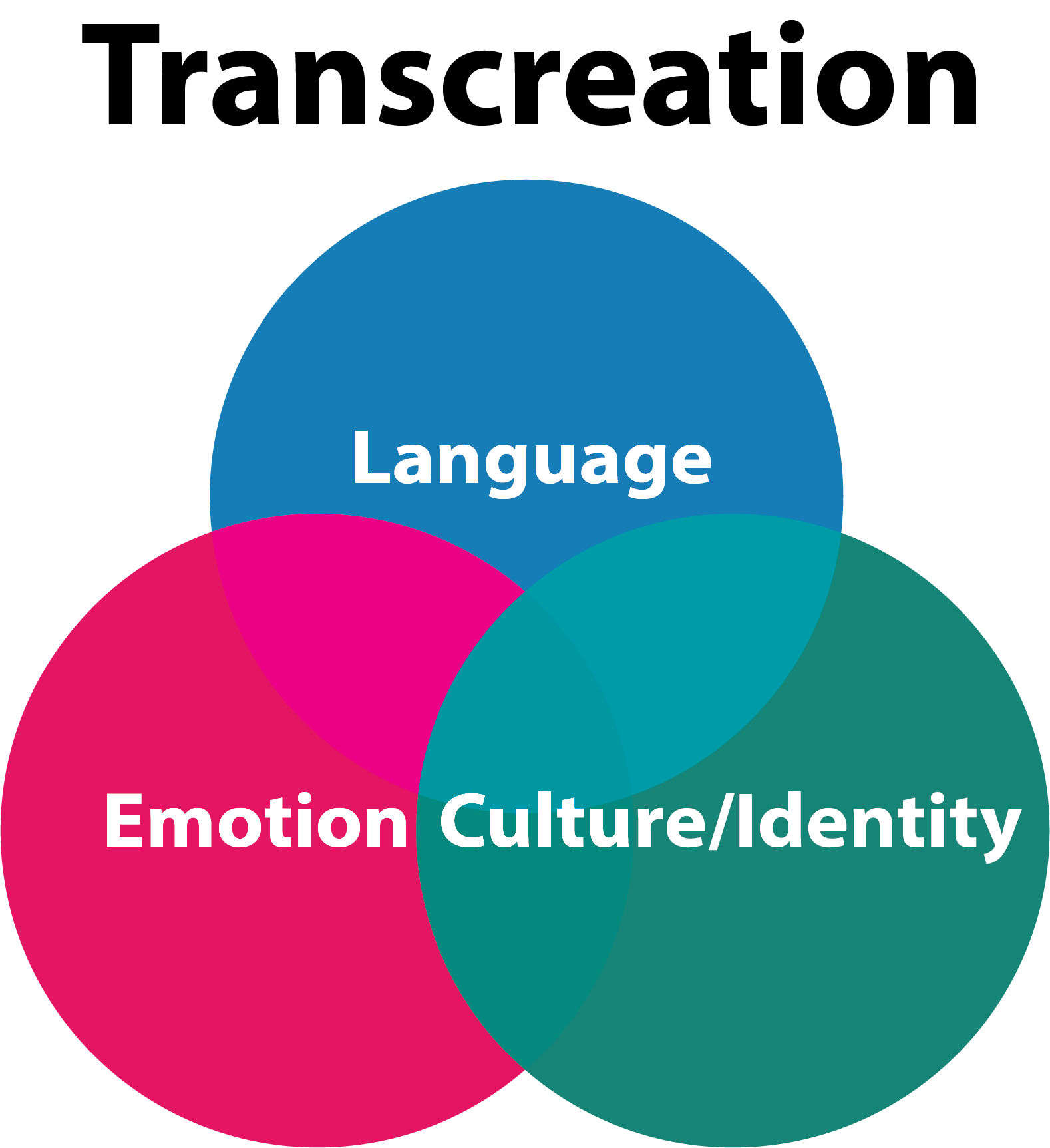Not long ago, translation was a straightforward craft: taking words from one language and conveying their meaning in another, as faithfully as possible. Today, that landscape has changed beyond recognition. With machine translation (MT) systems and generative AI tools now capable of producing text in seconds, the human linguist’s role is no longer simply to “translate.” It’s to interpret, refine, and recreate meaning — ensuring that communication works just as powerfully in the target culture as it does in the source. In other words, our role has evolved from translation to transcreation.
The shift began when machine translation became fast and accessible enough to handle large volumes of text. Suddenly, clients could get a “first draft” automatically. Yet what they received was rarely a finished product — it lacked nuance, tone, and sometimes even accuracy. The missing ingredient? The human ability to read between the lines, to sense intent and emotional weight, to understand when words are not just words but expressions of identity and purpose.
Transcreation — or creative translation — fills that gap. It’s not about literal accuracy; it’s about effect. A slogan, a brand story, or even a thought-leadership article must resonate with a new audience, not just be understood. A transcreator looks at meaning, emotion, rhythm, and cultural references. They make choices that preserve the spirit of the message while adapting its voice and tone. That’s something even the most advanced AI still can’t replicate — because language isn’t only data; it’s human connection.
In the age of AI, professional linguists have become more than translators. We’re editors, storytellers, and cultural mediators. We understand how to work with technology — post-editing MT output, optimising AI-generated drafts, and ensuring consistency across platforms — but we also know when to deviate from it. Machines provide speed; humans provide sense.
This evolution has also changed client expectations. Many now look for content that works, not just text that’s “translated.” They expect style, fluency, and strategic alignment with their brand voice. For linguists, that means combining technical understanding with creative skill: being equally comfortable with CAT tools and copywriting principles, with source-language analysis and native-level writing.
What this really highlights is that human expertise has become more, not less, valuable. Automation handles the routine. Human linguists handle the meaningful — the subtleties of persuasion, humour, irony, and emotion that define effective communication.
As we move further into this AI-augmented era, the most successful professionals will be those who can bridge the gap between technology and humanity. Not resisting the machine, but guiding it — ensuring that the words it produces still sound like something one person genuinely wanted to say to another.
That’s the future of our profession. And it’s not about replacing translation — it’s about expanding it.

